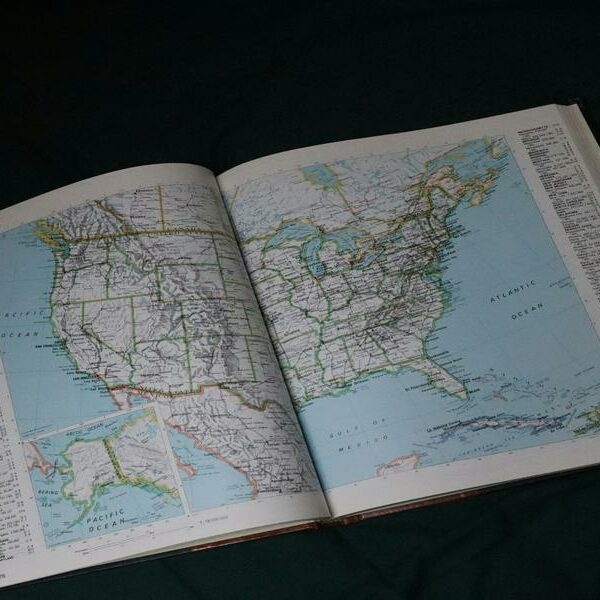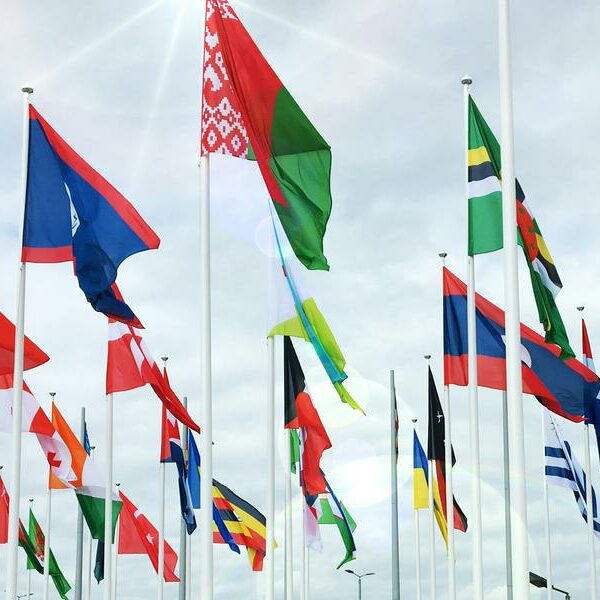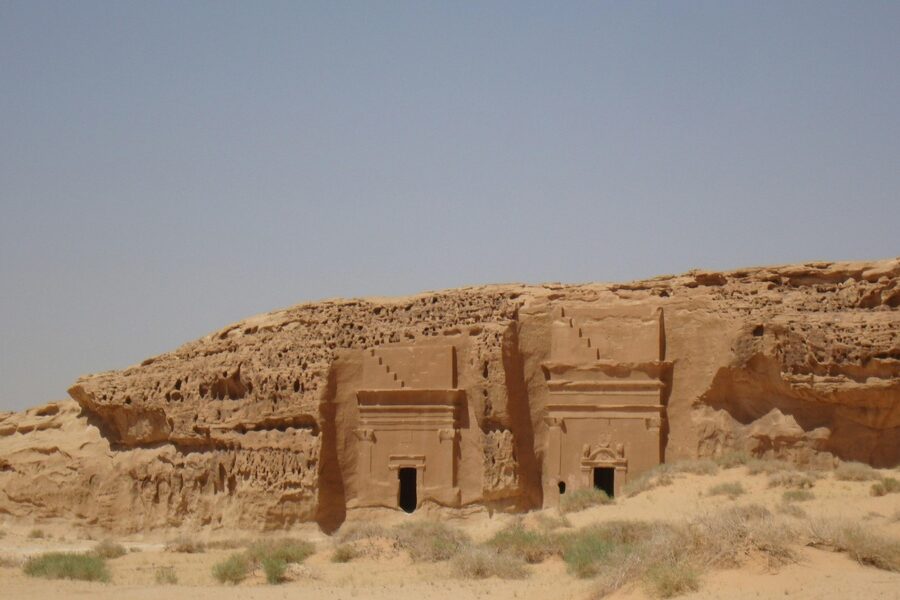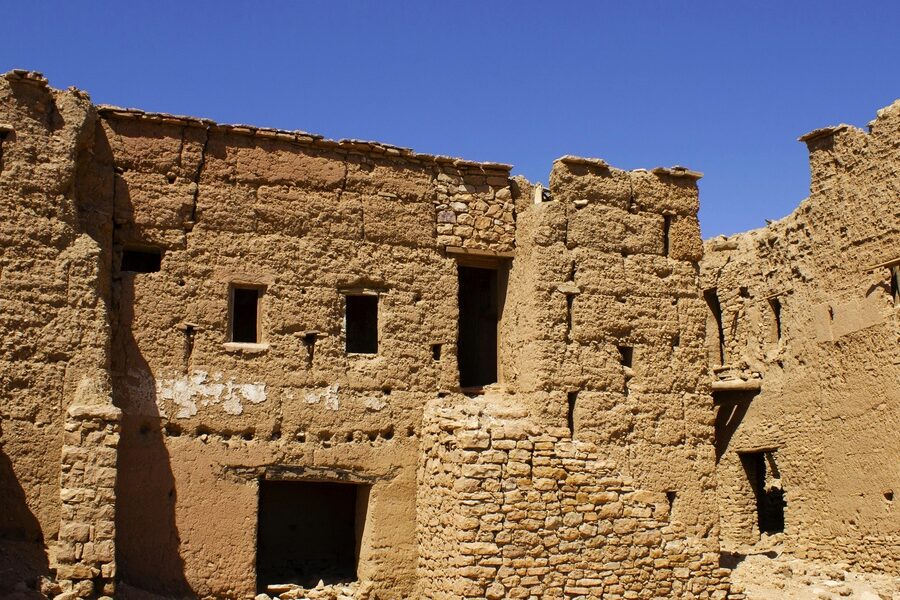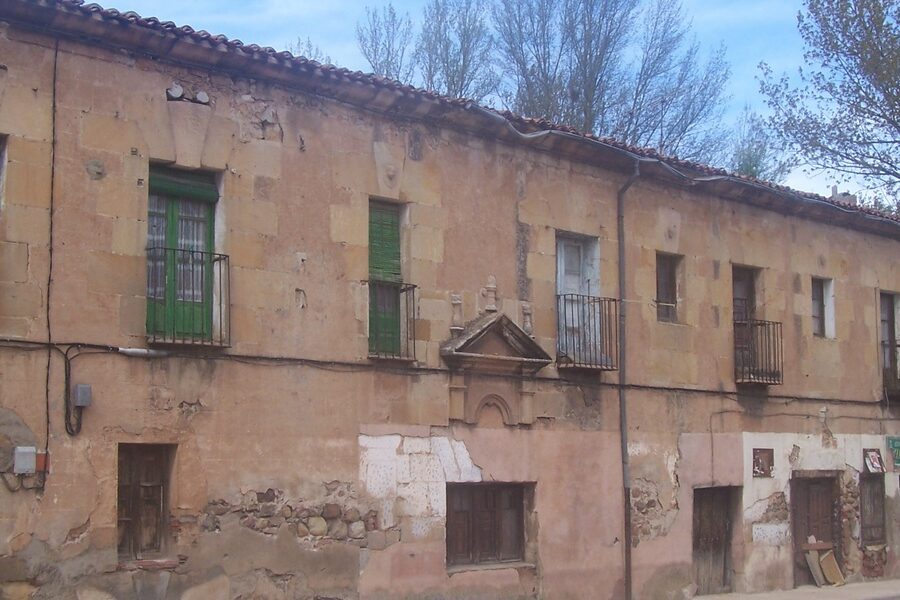Slovenia is home to 30 remarkable historical places that span a wide range of periods and styles, from ancient Roman ruins to medieval castles and peaceful monasteries. Many of these sites, like Bled Castle perched above Lake Bled and the impressive ruins of Žiče Charterhouse, highlight Slovenia’s rich cultural heritage and diverse historical significance. Each location provides a unique glimpse into the past, showcasing architecture, artifacts, and stories that shaped the country.
Explore the detailed list below to discover the name, location, type, and key historical importance of each site.
What types of historical places can I visit in Slovenia?
Slovenia offers many types of historical sites including castles, old towns, museums, archaeological sites, monasteries, and memorials. These places cover various historical periods such as Roman times, the Middle Ages, Renaissance, World War eras, and more. Each type presents a different aspect of Slovenian history, like Ljubljana Castle’s medieval fortress or the Idrija Mercury Mine, a UNESCO World Heritage site. This variety makes Slovenia a great destination for exploring history from many angles.
How are the historical places in Slovenia organized by region or era?
Historical places in Slovenia are spread across multiple regions, with many clustered in or near major cities like Ljubljana, Bled, and Ptuj. The list groups sites by their type and time period, allowing visitors to plan trips based on historical interests or geographic convenience. For example, old towns like Piran and Škofja Loka display well-preserved medieval architecture, while archaeological sites such as the Emona Roman Wall reveal the ancient roots of the capital. Understanding this helps travelers and learners target specific periods or areas for their visits.
Historical Places in Slovenia
| Place Name | Location | Type | Historical Significance |
|---|---|---|---|
| Ljubljana Castle | Ljubljana | Castle | Medieval fortress and city symbol overlooking the capital with a rich, layered history. |
| Bled Castle | Bled | Castle | Slovenia’s oldest castle, a medieval fortress perched on a cliff overlooking Lake Bled. |
| Predjama Castle | Postojna | Castle | Incredible Renaissance castle built into a cave mouth, home of knight Erazem Lueger. |
| Celje Castle | Celje | Castle | Largest castle in Slovenia, the historic seat of the powerful Counts of Celje. |
| Ptuj Castle | Ptuj | Castle | Dominates Slovenia’s oldest town, housing significant collections of historical artifacts and art. |
| Ljubljana Old Town | Ljubljana | Old Town | Charming medieval core with Baroque and Art Nouveau architecture by Jože Plečnik. |
| Piran Old Town | Piran | Old Town | Picturesque medieval town with well-preserved Venetian Gothic architecture on the Adriatic coast. |
| Škofja Loka Old Town | Škofja Loka | Old Town | One of the best-preserved medieval town centers in Slovenia, protected as a monument. |
| Kobarid Museum | Kobarid | Museum | Award-winning museum dedicated to the brutal World War I battles of the Isonzo Front. |
| Franja Partisan Hospital | Dolenji Novaki | Memorial Site | Secret WWII hospital hidden in a gorge, a symbol of humanity and resistance. |
| Idrija Mercury Mine | Idrija | Technical Heritage Site | UNESCO World Heritage site, one of the world’s largest and oldest mercury mines. |
| Emona Roman Wall | Ljubljana | Archaeological Site | Remains of the ancient Roman city of Emona, the predecessor of modern Ljubljana. |
| Roman Necropolis | Šempeter v Savinjski dolini | Archaeological Site | Exceptionally preserved Roman burial site with ornate marble tombs of wealthy families. |
| Stična Abbey | Ivančna Gorica | Monastery | The oldest monastery in Slovenia, operating continuously since its founding in 1136. |
| Hrastovlje Church | Hrastovlje | Church | Fortified Romanesque church famous for its 15th-century “Dance of Death” fresco. |
| Olimje Monastery | Olimje | Monastery | A former castle turned monastery, home to one of Europe’s oldest pharmacies. |
| The Old Vine | Maribor | Living Heritage | The world’s oldest living grapevine, over 400 years old, still bearing fruit. |
| Lipica Stud Farm | Lipica | Historic Farm | The original stud farm of the Lipizzaner horse breed, established back in 1580. |
| Russian Chapel | Vršič Pass | Memorial | Wooden chapel built by Russian POWs honoring comrades killed building the pass in WWI. |
| Solkan Bridge | Solkan | Historic Bridge | World’s longest stone arch railway bridge, rebuilt after destruction in World War I. |
| Divje Babe Archaeological Park | Cerkno | Archaeological Site | Cave where the 60,000-year-old Neanderthal flute, the world’s oldest instrument, was found. |
| Pleterje Charterhouse | Šentjernej | Monastery | The only functioning Carthusian monastery in Slovenia, with a rich spiritual heritage. |
| Žiče Charterhouse | Žiče | Monastery Ruins | Impressive ruins of a once-powerful Carthusian monastery, an important medieval spiritual center. |
| Bogenšperk Castle | Šmartno pri Litiji | Castle | Beautifully restored Renaissance castle, once home to the polymath Janez Vajkard Valvasor. |
| Otočec Castle | Otočec ob Krki | Castle | The only water castle in Slovenia, picturesquely situated on an island in the Krka River. |
| National Museum of Slovenia | Ljubljana | Museum | The country’s main museum of national history, with priceless archaeological and historical artifacts. |
| Ptuj Old Town | Ptuj | Old Town | Slovenia’s oldest recorded town, showcasing a rich Roman, medieval, and Baroque heritage. |
| Kranj Old Town | Kranj | Old Town | Historic town center perched above a canyon, home to poet France Prešeren’s memorial house. |
| Radovljica Old Town | Radovljica | Old Town | A well-preserved medieval town with a moat and a unique beekeeping museum. |
| Technical Museum of Slovenia | Bistra | Museum | Housed in a former monastery, showcasing Slovenia’s rich technical and industrial heritage. |
Images and Details
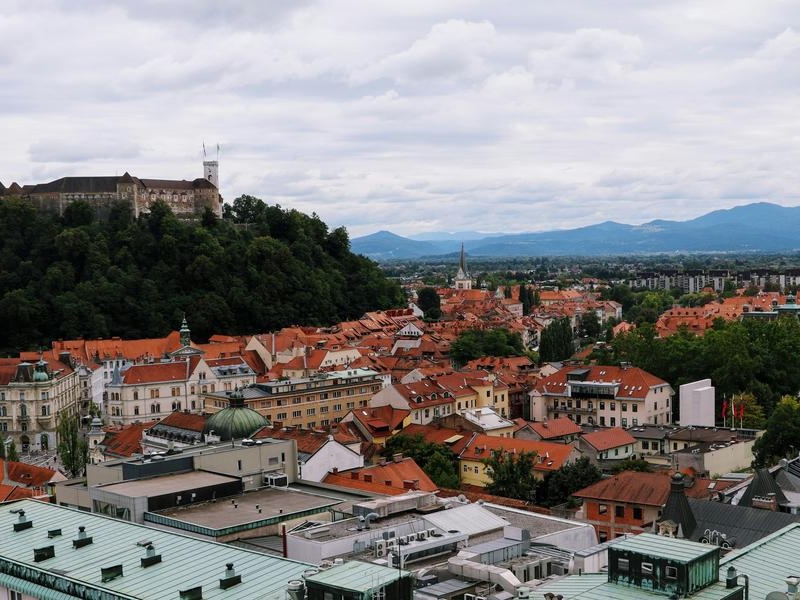
Ljubljana Castle
Ljubljana Castle stands on a hill overlooking Slovenia’s capital city. Originally a medieval fortress, it has served various purposes through the centuries, including a royal residence and a prison. Its long history makes it a prime example of historical places in Slovenia.
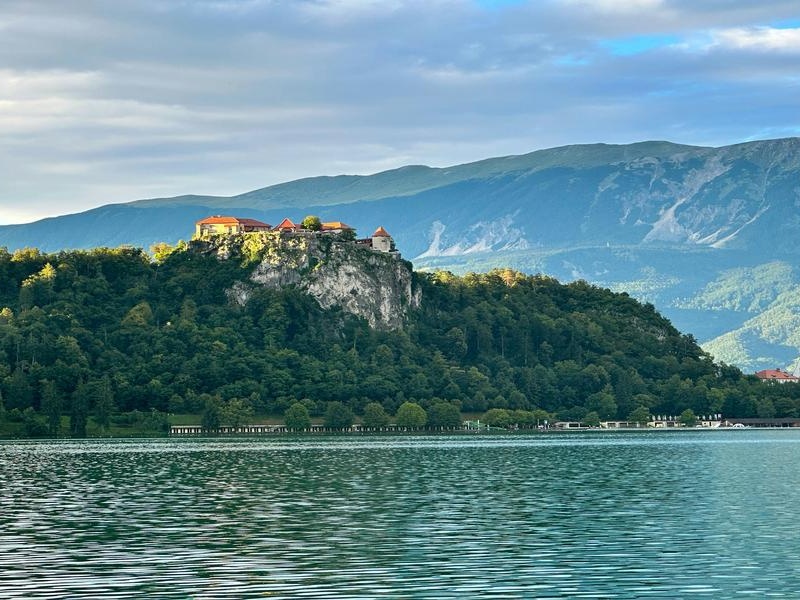
Bled Castle
Bled Castle is a prominent landmark situated on a cliff high above Lake Bled. It is the oldest Slovenian castle, first mentioned in 1011. This picturesque castle offers a glimpse into Slovenia’s medieval past and rich heritage.

Predjama Castle
Predjama Castle is a unique Renaissance castle built within a cave mouth. Its dramatic setting and defensive design have made it famous. This fortress has a long and intriguing history of sieges and hidden passages, representing a significant historical site.
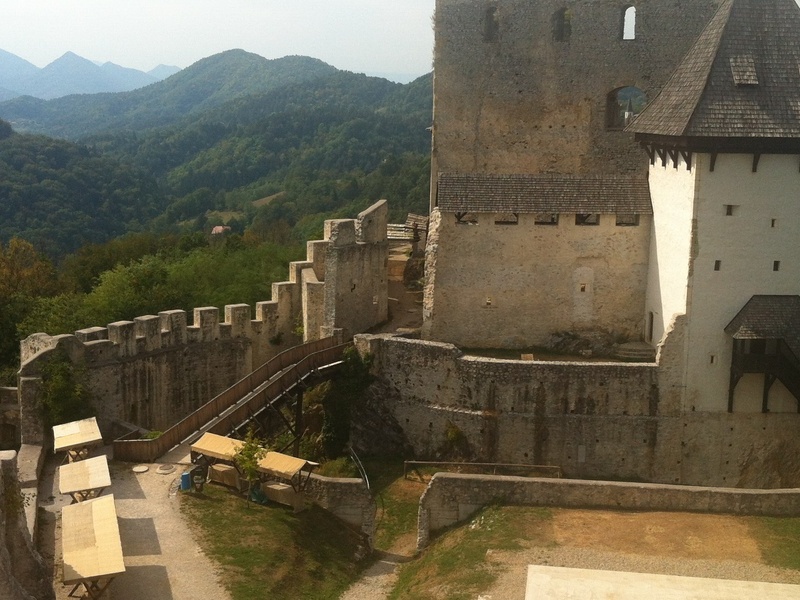
Celje Castle
Celje Castle is one of Slovenia’s largest and most important medieval castles. It was once the seat of the powerful Counts of Celje. The castle’s extensive ruins tell the story of a significant noble family in Slovenian history.
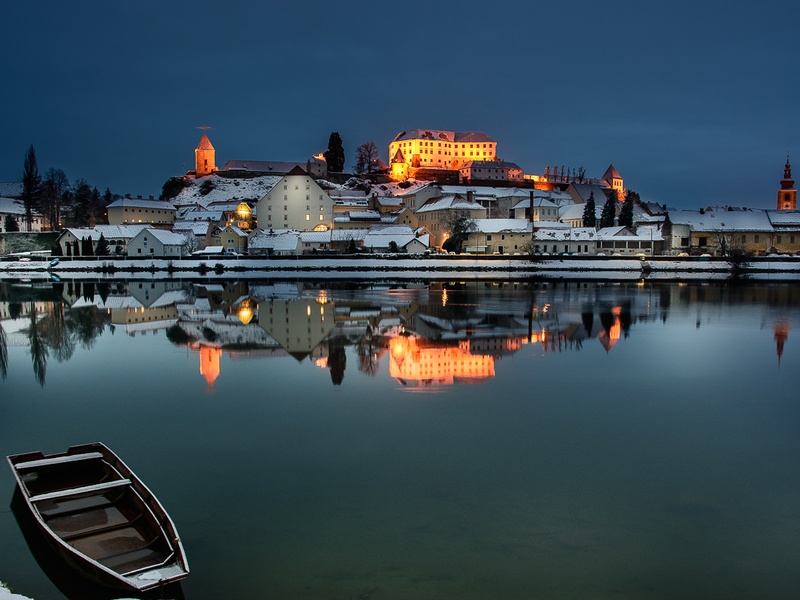
Ptuj Castle
Ptuj Castle overlooks Slovenia’s oldest town, Ptuj. This castle has stood since the 9th century, with layers representing different historical periods. It houses a museum showcasing artifacts from the region’s long past.
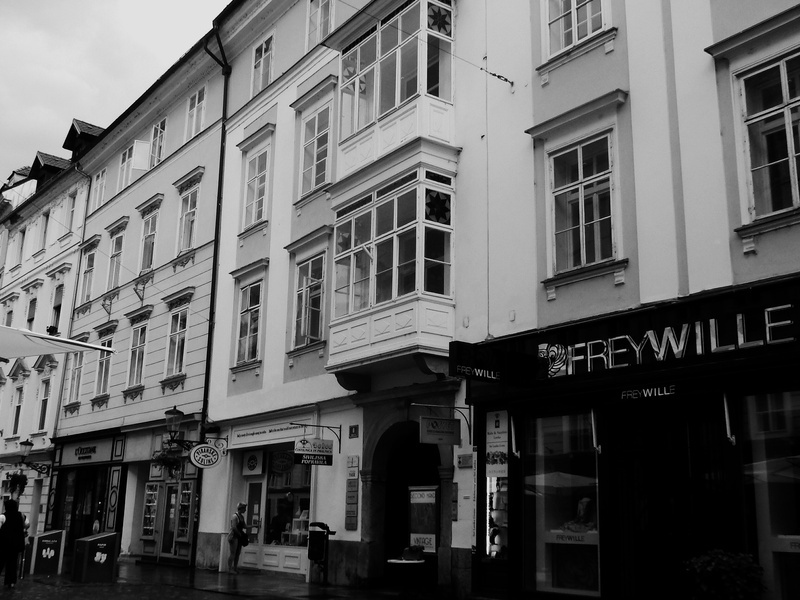
Ljubljana Old Town
Ljubljana Old Town is the historic heart of Slovenia’s capital. Its charming streets, Baroque architecture, and medieval layout reflect centuries of urban development. Exploring its squares and bridges reveals a living history.
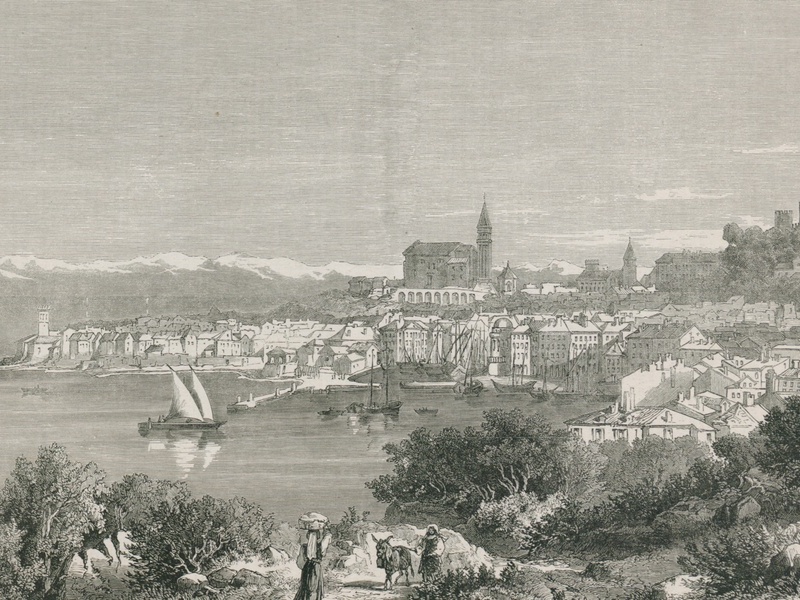
Piran Old Town
Piran Old Town is a beautifully preserved Venetian medieval town on the Adriatic coast. Its narrow streets, ancient churches, and Tartini Square showcase its rich maritime history. This old town is a testament to Slovenia’s coastal heritage.

Škofja Loka Old Town
Škofja Loka Old Town is one of Slovenia’s best-preserved medieval towns. Its main square, castle, and Capuchin bridge maintain a historical charm. The town’s rich past as a center of trade and craftsmanship is evident in its architecture.
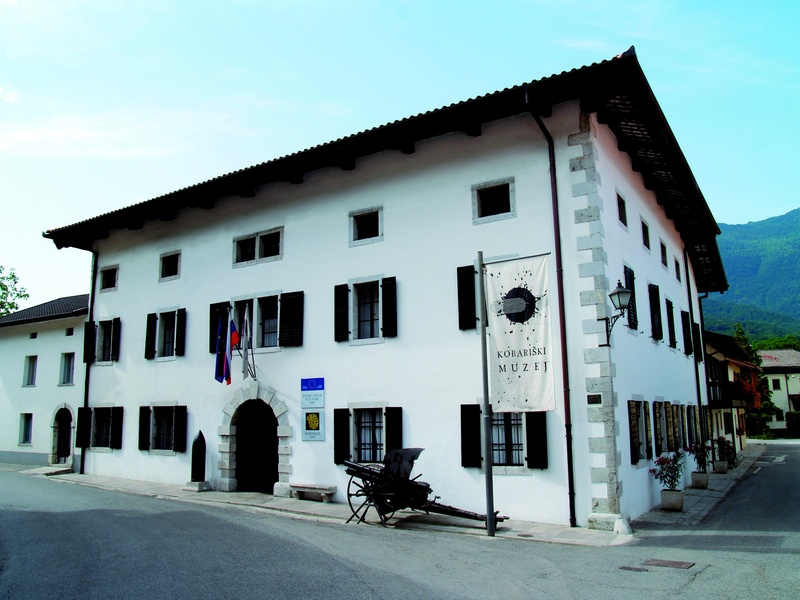
Kobarid Museum
The Kobarid Museum is dedicated to the Isonzo Front battles of World War I. It presents a stark and impactful account of the period. This museum is crucial for understanding Slovenia’s role and experiences during the Great War.
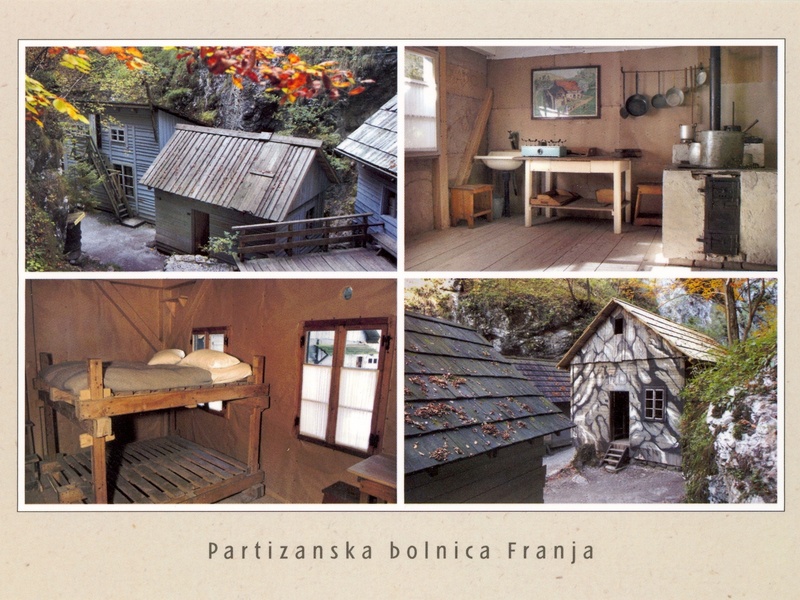
Franja Partisan Hospital
Franja Partisan Hospital was a secret, hidden hospital used by partisans during World War II. It was a symbol of courage and humanitarianism, never discovered by the enemy. This site is a powerful reminder of Slovenia’s resistance history.

Idrija Mercury Mine
The Idrija Mercury Mine is one of the world’s largest mercury mines and a UNESCO World Heritage site. It operated for over 500 years, significantly shaping the town of Idrija. Its tunnels and buildings tell a story of industrial heritage.
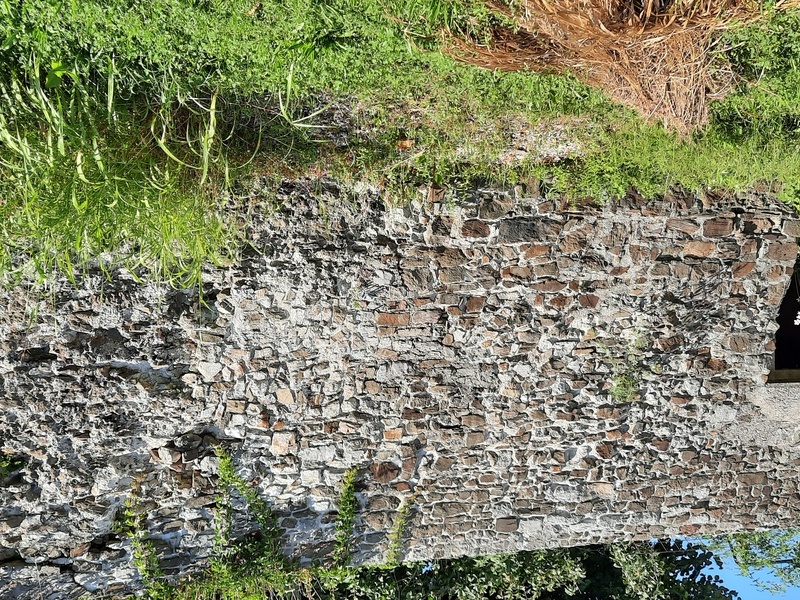
Emona Roman Wall
The Emona Roman Wall represents the remains of a Roman city that once stood where Ljubljana is today. These ancient ruins offer a direct connection to Slovenia’s Roman past. They are a clear sign of early Roman presence and influence.
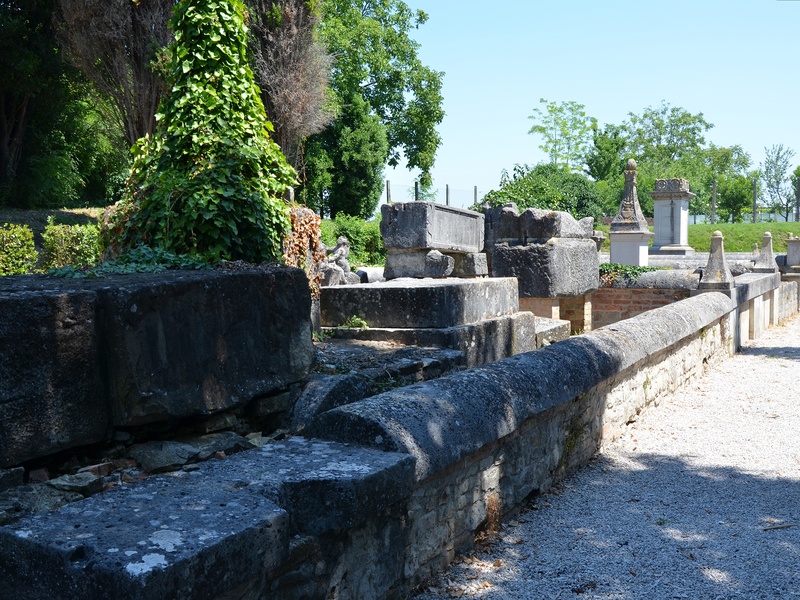
Roman Necropolis
The Roman Necropolis refers to ancient Roman burial grounds found in Slovenia. These sites provide valuable insights into Roman settlement patterns, funerary customs, and daily life. They are archaeological treasures reflecting early history.
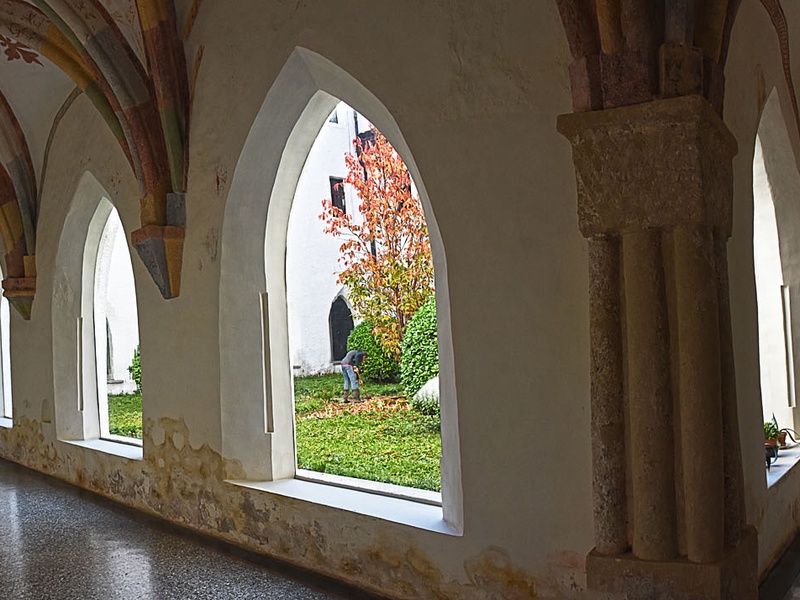
Stična Abbey
Stična Abbey is the oldest Cistercian monastery in Slovenia, founded in 1136. It has been a significant spiritual and cultural center for centuries. Its architecture and historical records showcase a rich monastic tradition.
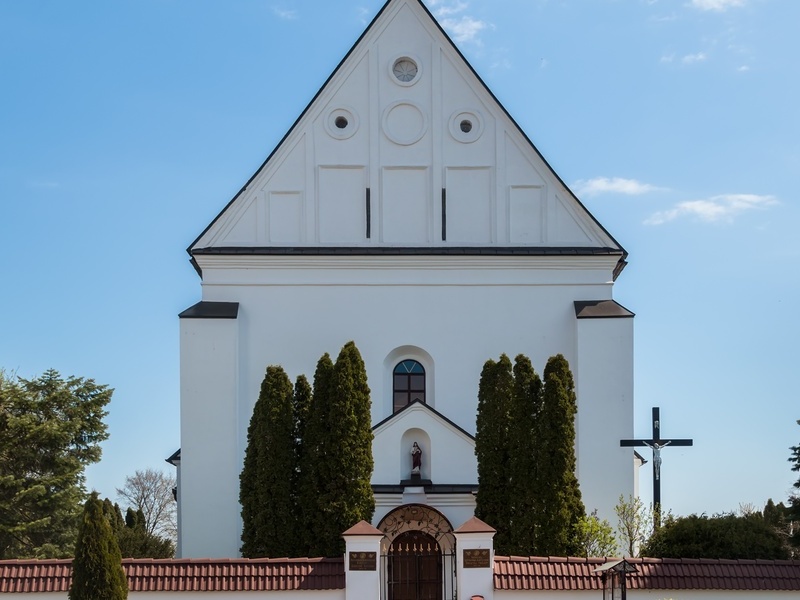
Hrastovlje Church
Hrastovlje Church is a small church famous for its medieval frescoes depicting the Danse Macabre. These well-preserved paintings offer a unique artistic and historical insight from the 15th century. This church is a jewel of Slovenian art history.
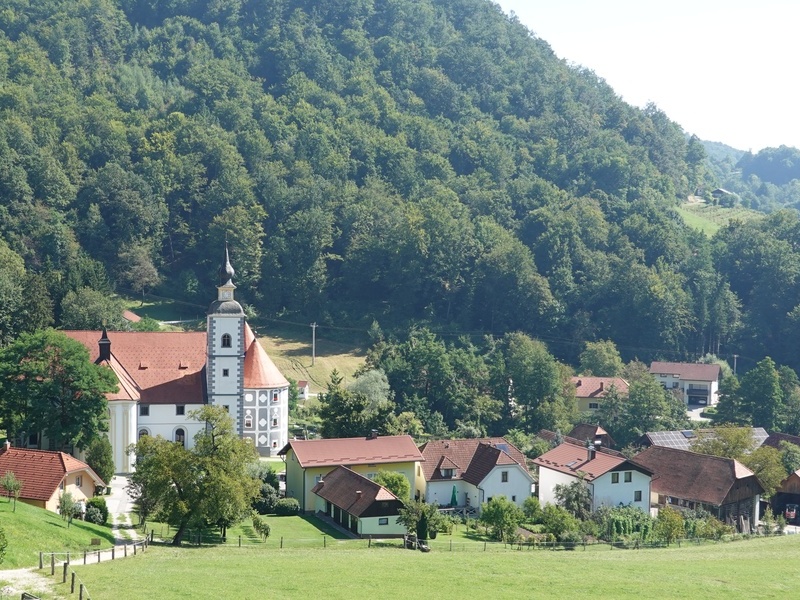
Olimje Monastery
Olimje Monastery is a former Pauline monastery known for its beautiful Baroque architecture and an ancient pharmacy. It has served as a cultural and religious center for centuries. The monastery embodies Slovenia’s spiritual and architectural heritage.

The Old Vine
The Old Vine in Maribor is the oldest producing grapevine in the world, over 400 years old. It symbolizes the long viticultural tradition of the region. This living historical artifact is a unique part of Slovenia’s heritage.
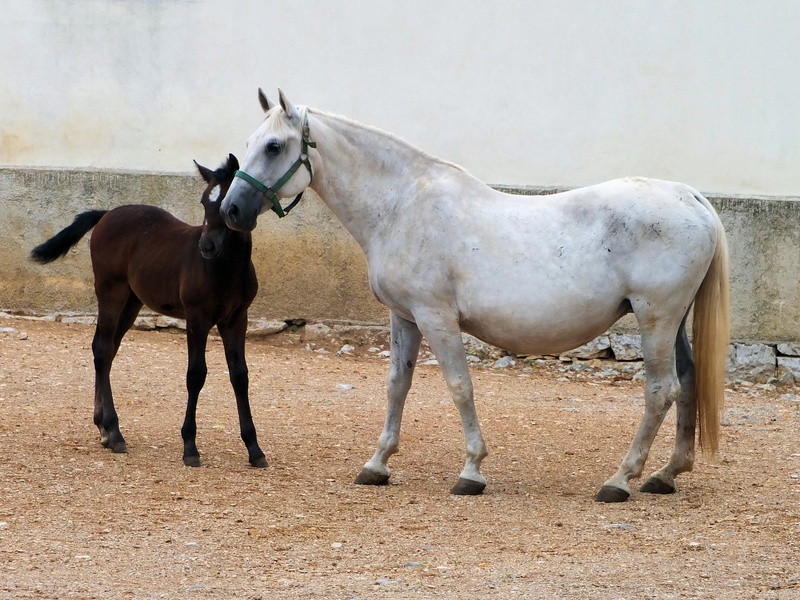
Lipica Stud Farm
Lipica Stud Farm is the original stud farm of the Lipizzaner horses, founded in 1580. It has centuries of tradition in breeding these famous white horses. The farm is a historical institution deeply connected to Slovenian culture.
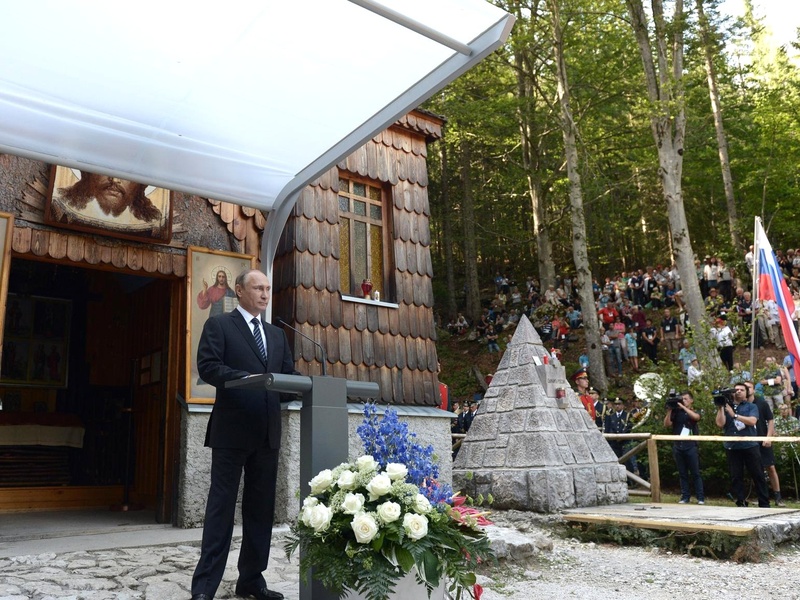
Russian Chapel
The Russian Chapel is a small wooden chapel built by Russian prisoners of war during World War I. It stands as a memorial to those who died building the Vršč Pass road. This site serves as a poignant reminder of wartime history.
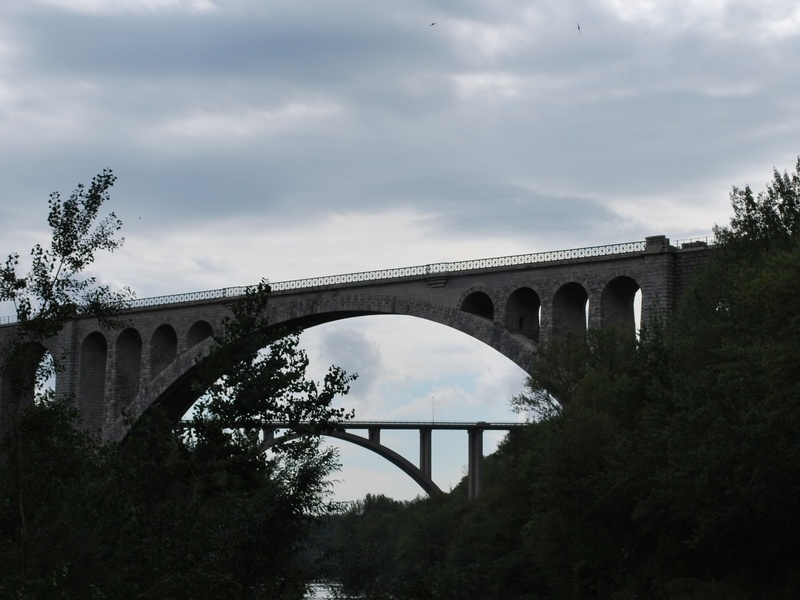
Solkan Bridge
The Solkan Bridge is a stone arch bridge over the Soča River, notable for having the world’s longest stone arch. Built in 1905, it is a marvel of early 20th-century engineering. Its construction is an important part of infrastructural history.
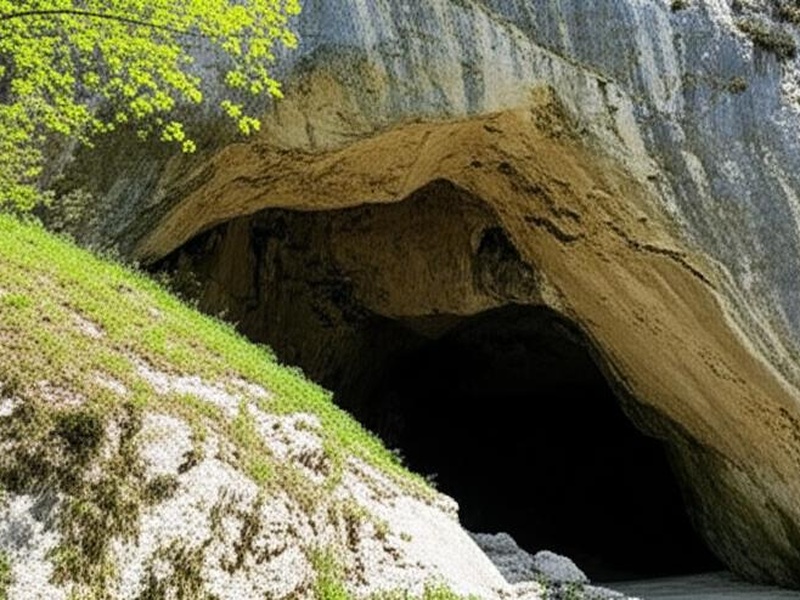
Divje Babe Archaeological Park
Divje Babe Archaeological Park is a site where Slovenia’s oldest musical instrument, a Neanderthal flute, was discovered. This park provides evidence of prehistoric human activity dating back over 60,000 years. It is a crucial site for understanding early human history.
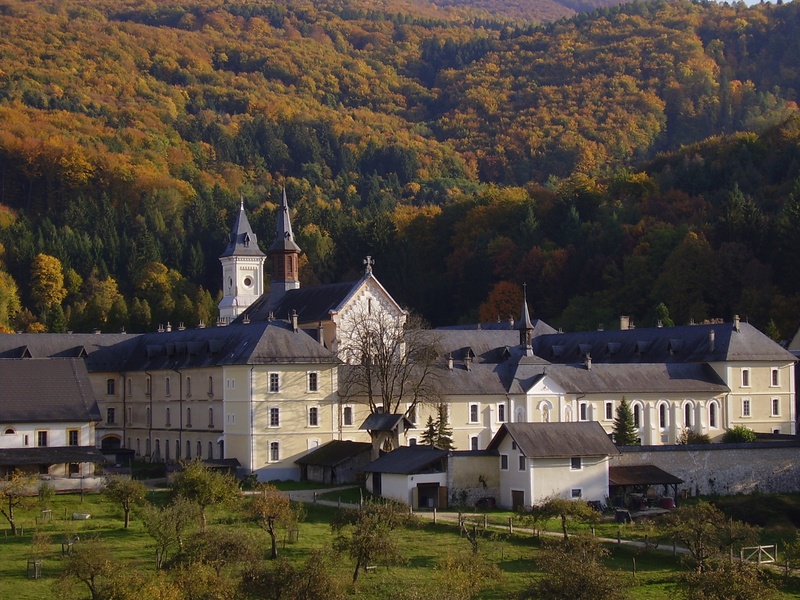
Pleterje Charterhouse
Pleterje Charterhouse is the only active Carthusian monastery in Slovenia. Founded in 1403, it maintains a strict monastic life. This historical site offers a rare glimpse into a continuous religious tradition.
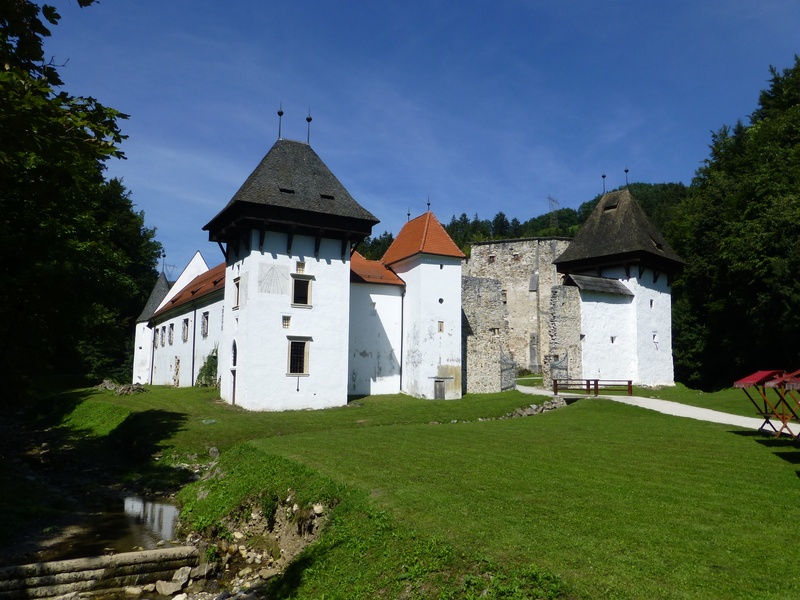
Žiče Charterhouse
Žiče Charterhouse is the ruins of a Carthusian monastery, one of the oldest in Central Europe. Though in ruins, it offers a dramatic insight into medieval monastic life. The site speaks to centuries of religious influence.
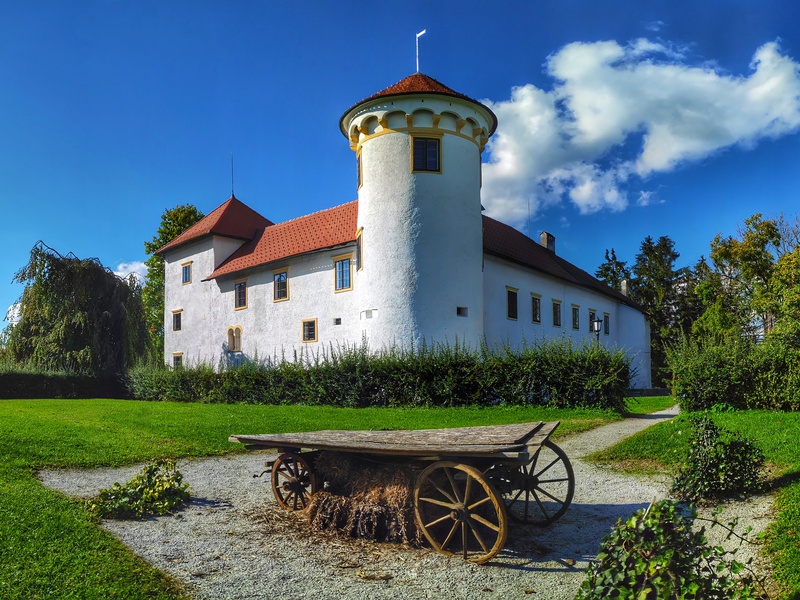
Bogenšperk Castle
Bogenšperk Castle is a 16th-century castle known for its connection to Janez Vajkard Valvasor, a famous polymath. Valvasor’s work on Slovenian history and geography was done here. The castle is a significant cultural monument.
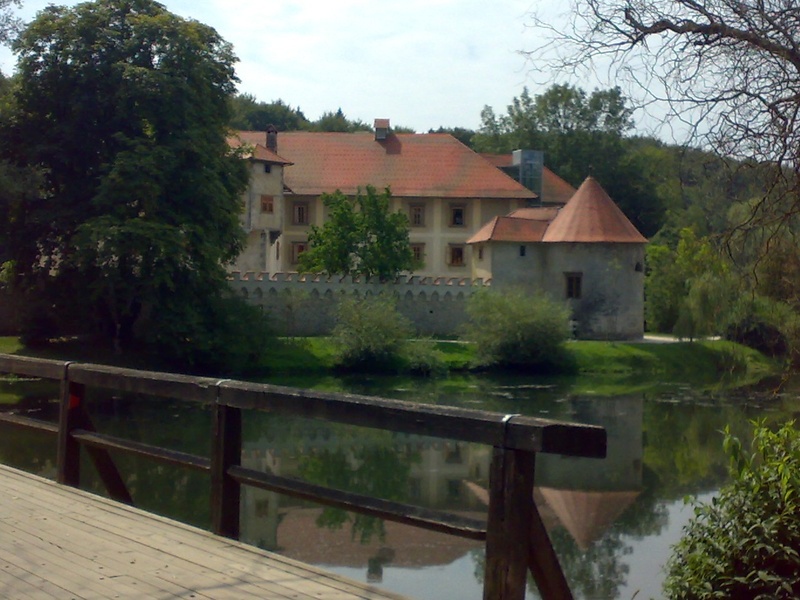
Otočec Castle
Otočec Castle is a unique medieval water castle located on an island in the Krka River. Its picturesque setting and long history make it a notable landmark. This castle reflects centuries of Slovenian noble life.
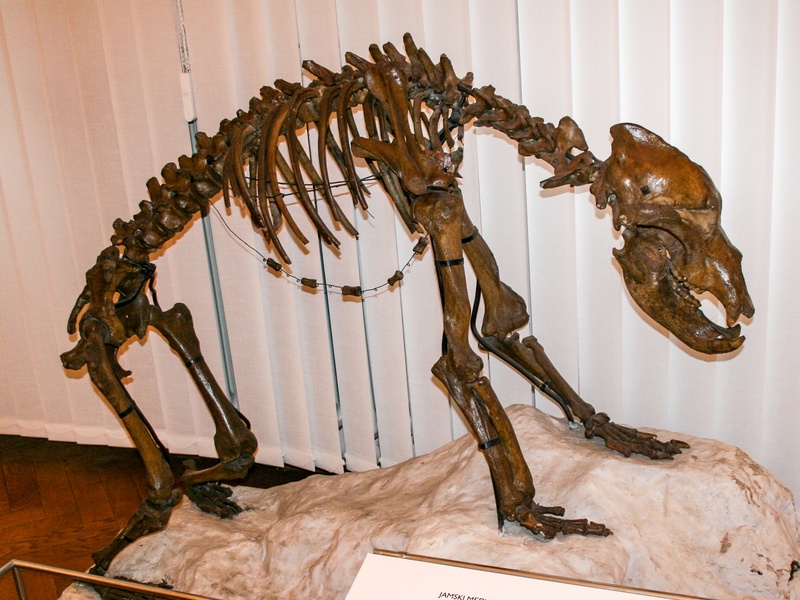
National Museum of Slovenia
The National Museum of Slovenia is the oldest and largest museum in Slovenia. It collects and preserves artifacts from Slovenia’s natural and cultural heritage. The museum is a central repository of national history.
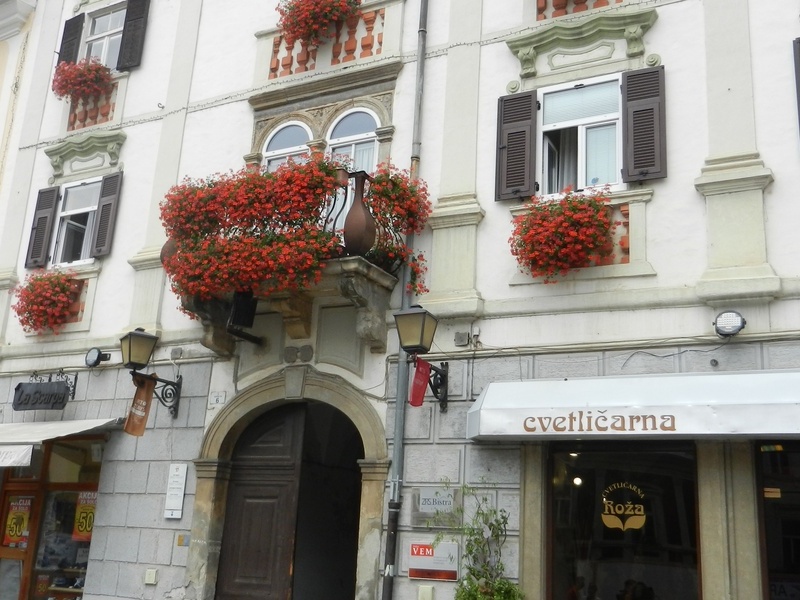
Ptuj Old Town
Ptuj Old Town is considered Slovenia’s oldest town, with origins dating back to Roman times. Its well-preserved medieval and Baroque architecture tells a long story. The town itself is a historical treasure trove.

Kranj Old Town
Kranj Old Town is perched on a rocky promontory above the Kokra River canyon. Its medieval layout and historical buildings reflect centuries of urban development. This old town is a compact display of Slovenian history.

Radovljica Old Town
Radovljica Old Town is renowned for its well-preserved medieval town square and beekeeping traditions. Its historical charm and architecture offer a look into past centuries. This town is a testament to Slovenia’s cultural heritage.
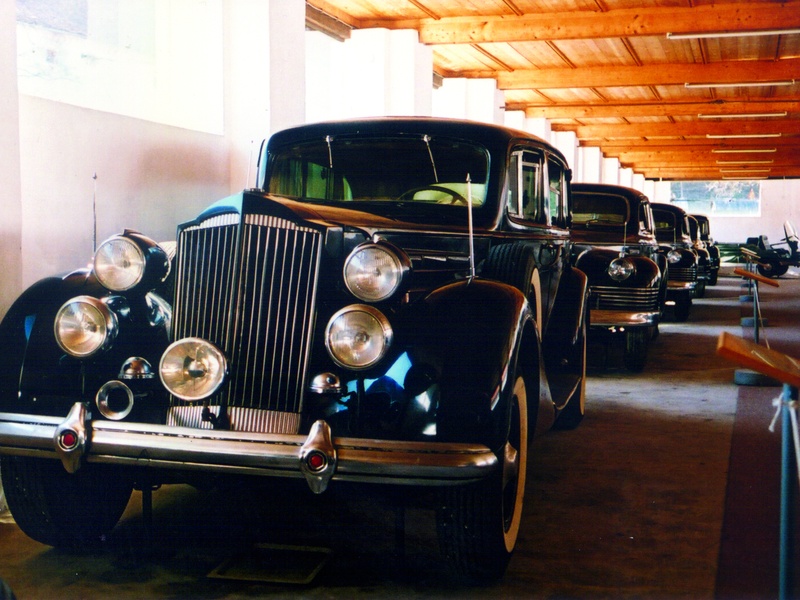
Technical Museum of Slovenia
The Technical Museum of Slovenia showcases the country’s rich technical and industrial heritage. It holds collections on transport, agriculture, forestry, and printing. This museum provides insight into Slovenia’s technological advancements through history.


